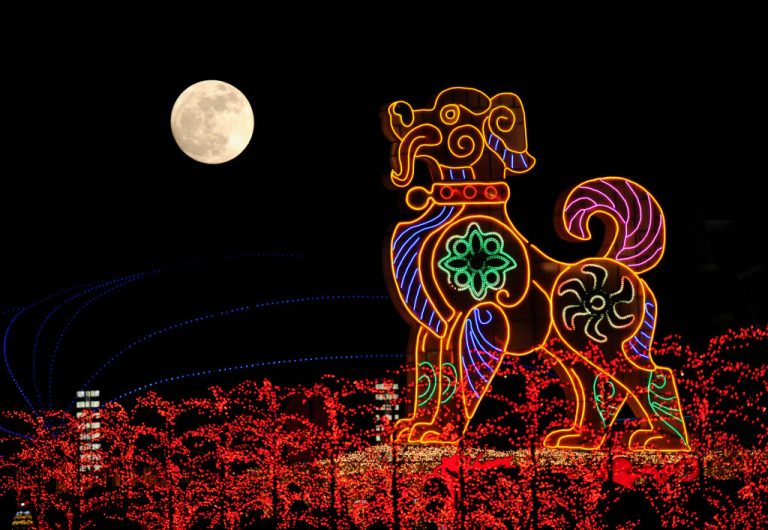China is claiming to have built an “artificial moon” in a research facility that simulates the low-gravity found on Earth’s natural moon in an apparent bid to explore Earth’s only natural satellite from home.
The research facility, located in Xuzhou, Jiangsu province, is believed to be the first of its kind and uses magnets to create a magnetic field that simulates a moon-like environment. “It is said to be the first of its kind and could play a key role in the country’s future lunar missions,” the South China Morning Post (SCMP) reported.
The fabricated landscape, supported by a magnetic field, was inspired by experiments to levitate a frog.
The claim by lead scientist Li Ruilin, from the China University of Mining and Technology is that the simulator can make gravity “disappear.”
While low gravity can be achieved in an aircraft or drop tower the effect is fleeting. If the claims being made turn out to be true the achievement could make studying Earth’s lone natural satellite much easier by eliminating costly manned and unmanned missions.
Success
You are now signed up for our newsletter
Success
Check your email to complete sign up
The fabricated landscape however is relatively small, measuring only 60 cm (2 feet) in diameter. The “mini-moon” is housed in a vacuum chamber simulating the vacuum of space.
The landscape contains rocks and dust similar to what can be found on the natural moon where gravity is approximately one-sixth as powerful as the gravity on Earth.
Li credits Russian-born physicist Andre Geim’s levitation experiments — for which he won an Ig Nobel Prize in 2000 — for inspiring the development of the mini-moon.
Geim told the SCMP that he was pleased that his “purely education experiments on diamagnetic levitation led to applications in space exploration.”
China intends to land astronauts on the moon by 2030 and is collaborating with the Russians to construct a joint lunar research base there.
China’s ‘artificial sun’
Another notable claim coming out of China this week is that a research facility located in Anhui province, the Hefei Institute of Physical Science, successfully conducted a test of a fusion reactor that resulted in a reaction that ran at 70 million degrees Celsius for more than 17 minutes, Chinese state media reported.
The machine, that scientists hope will harness the power of nuclear fusion, is called the Experimental Advanced Superconducting Tokamak (EAST) nuclear fusion reactor.
It has garnered the name of “artificial sun” because the reactions it produces mimics the nuclear fusion that powers Earth’s natural sun, only this reactor creates a ball of plasma that scientists claim is five times hotter than the real sun.
The scientist in charge told SCMP that the achievement “lays a solid scientific and experimental foundation towards the running of a fusion reactor.”
Fusion energy is created when atoms collide under extreme temperatures and pressure causing huge amounts of energy to be released. The process utilizes minute amounts of fuel that, in the right environment, have a huge amount of intrinsic energy.
A single gram of fuel can theoretically yield 90,000-kilowatt hours of energy. In other words, it would take 10 million pounds of coal to create as much energy as one pound of fusion fuel.
If renewable energy is the goal, fusion energy is considered the brass ring since it uses no fossil fuels and does not create the type of waste one would typically associate with other nuclear reactions.
Fusion energy is routinely achieved at laboratory scale around the world however, up to now, every fusion experiment has required more energy to control the fusion reaction than the reaction releases.
It is unclear how much energy EAST used to create the over 17-minute reaction and how much energy was actually created.
Viral videos posted to Twitter saying that they depict the experiment are false. What is actually being witnessed is a rocket launch that from a certain angle can look like a rising sun on the horizon. The actual experiment was conducted in a lab and was not visible to the public.














